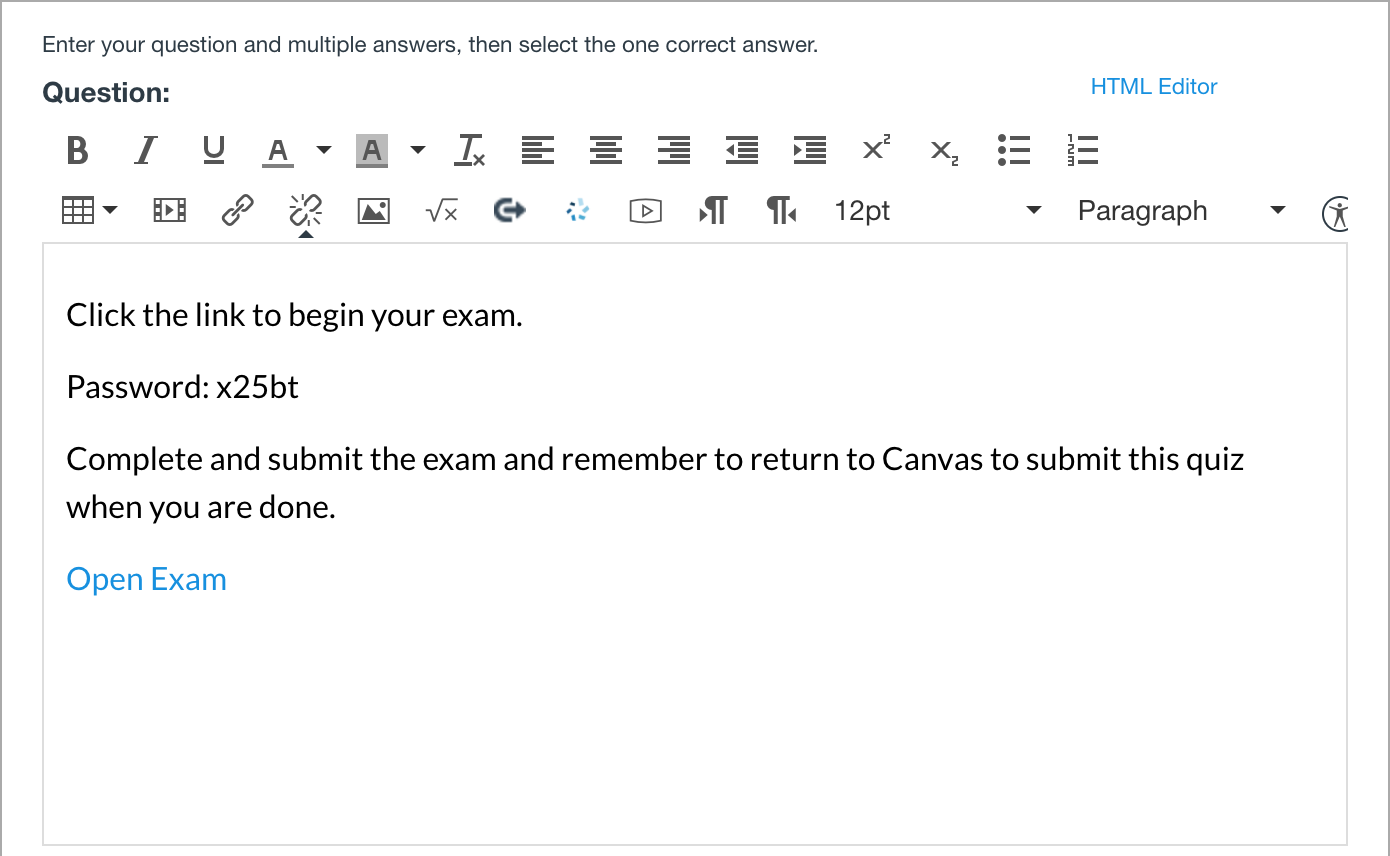

For instructions, go to Add an editing or authoring language or set language preferences in Office. Note: To change the writing direction for your notes, you must first enable one or more right-to-left languages in Set the Office Language Preferences. Select the current paragraph and its subordinate paragraphs.Īpply or clear the Remember for later tag.Ĭollapse the selected outline to Level 1. Jump to the title of the page and select it. Shift+Down arrow key when the cursor is at the beginning of the line Select to the end of the line from the current cursor location. Tab key when in the last cell of the tableĭelete, then Delete again, when the cursor is at the beginning of the row Note: Press Enter again to finish creating the table.Ĭreate another paragraph in the same cell in a table.Ĭreate a column to the right of the current column in a table.Ĭreate a column to the left of the current column in a table.Ĭreate a row above the current one in a table.Įnter when the cursor is at the beginning of any row, except for the first row Show or hide document printouts on the current page when the high contrast mode on Windows 10 or one of the contrast themes on Windows 11 is activated. Insert a document or file as a printout on the current page. Insert a document or file on the current page. Show or hide the rule lines on the current page.

Increase the font size of the selected text.ĭecrease the font size of the selected text. (Apply the Normal style.)Īlt+Shift+Right arrow key or the Tab key when at the beginning of a lineĪlt+Shift+Left arrow key or Shift+Tab when at the beginning of a line Paste the formatting to the selected text ( Format Painter).Īpply or remove strikethrough formatting.Īpply or remove bulleted list formatting.Īpply or remove numbered list formatting.Īpply a Heading 1 style to the current note.Īpply a Heading 2 style to the current note.Īpply a Heading 3 style to the current note.Īpply a Heading 4 style to the current note.Īpply a Heading 5 style to the current note.Īpply a Heading 6 style to the current note.Ĭlear all formatting applied to the selected text. Skip the current audio recording forward by 10 seconds.Ĭopy the formatting of the selected text ( Format Painter). Skip the current audio recording backward by 10 seconds. Perform the action suggested on the Information Bar when it appears at the top of a page. Open the thesaurus for the currently selected word.ĭisplay the context menu for the currently focused object. Insert a line break without starting a new paragraph. To expand the selection, press Ctrl+A again.Ĭopy the selected text or item to the clipboard. Press Ctrl+F, and then type your search words. To quickly find a shortcut in this article, you can use Search. Enter is Return as we introduced above.For information on the differences between the app versions, go to What's the difference between the OneNote versions? Keysym is the key symbol of the keyboard event. We put the keysym attribute of the event object in the shown Tkinter label. This class implementation is similar to the above method.

Self.label = "You pressed ".format(event.keysym) Self.label = tk.Label(self.root, text="") Bind Key Press to a Function in Class Method Example import tkinter as tk We bind the callback function to the event, or in other words, Enter key pressing event. It will raise TypeError if you don’t give it in the function input argument. The event is a hidden argument passed to the function. Bind Key Press to a Function import tkinter as tk

If the event occurs, it will trigger the handler automatically. The Enter key pressing is an event, like button clicking, and we could bind functions or methods to this event to make the event trigger the specified function.
#OPEN CANVAS 6 KEY BINDINGS HOW TO#
In this tutorial, We will introduce how to bind Enter key to a function in Tkinter. Bind Key Press to a Function in Class Method Example.


 0 kommentar(er)
0 kommentar(er)
